Speaker
Description
The CEBAF large acceptance spectrometer in experimental Hall B at Jefferson Lab, CLAS12, is designed to perform experiments with polarized and unpolarized targets using electron beam ranging from 2 GeV to 11 GeV with operating luminosity of up to L = 10^35 cm−2 sec−1. The CLAS12 physics program covers a broad range of nuclear physics topics, with a central focus on the three-dimensional imaging of the quark structure of nucleons and nuclei. The necessity of high statistics data in multidimensional kinematic phase space became evident with the analysis and publication of the first cutting-edge results on nucleon and nuclear structure. To address this demand, we plan to upgrade CLAS12 to run at higher luminosities. The first stage of the upgrade, currently underway, aims to enhance tracking efficiency in the forward region of polar angles, with the near-term goal of achieving a production luminosity of L = 2 × 10^35 cm−2 sec−1. The long-term goal is to reach operational luminosities of L > 10^37 cm−2 sec−1, which will open up new physics opportunities, such as Double Deeply Virtual Compton Scattering (DDVCS), accessible only with a high-luminosity, large-acceptance detector. In this talk, we discuss the current performance of the CLAS12 detector, details of planned upgrades to higher luminosities, and the new physics opportunities that these upgrades will provide.

